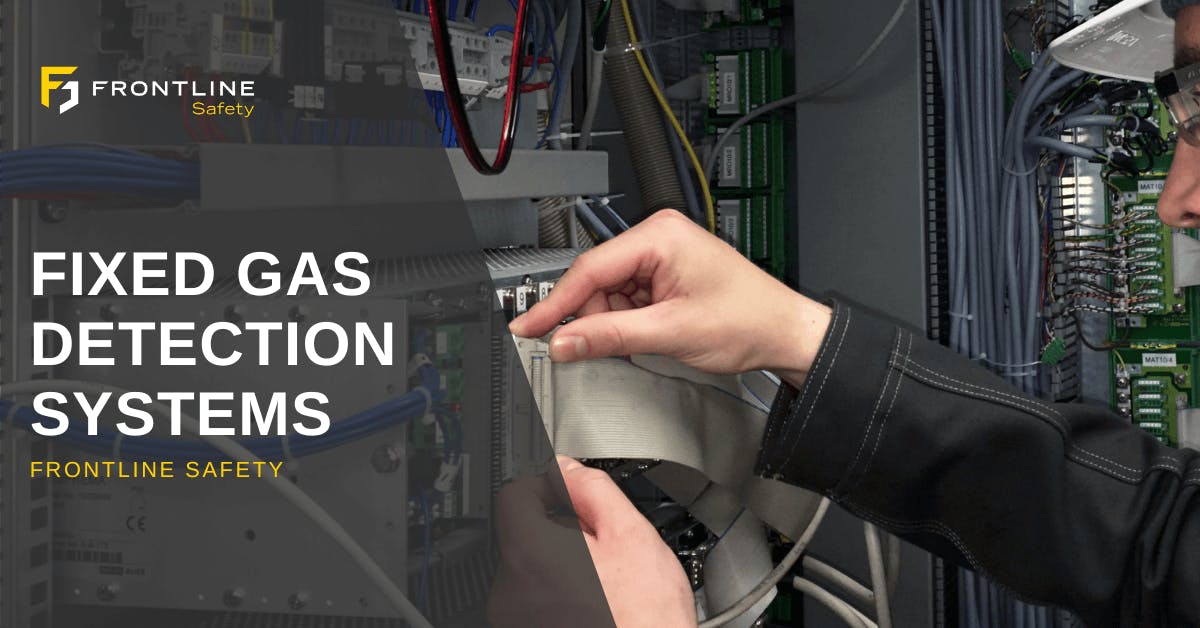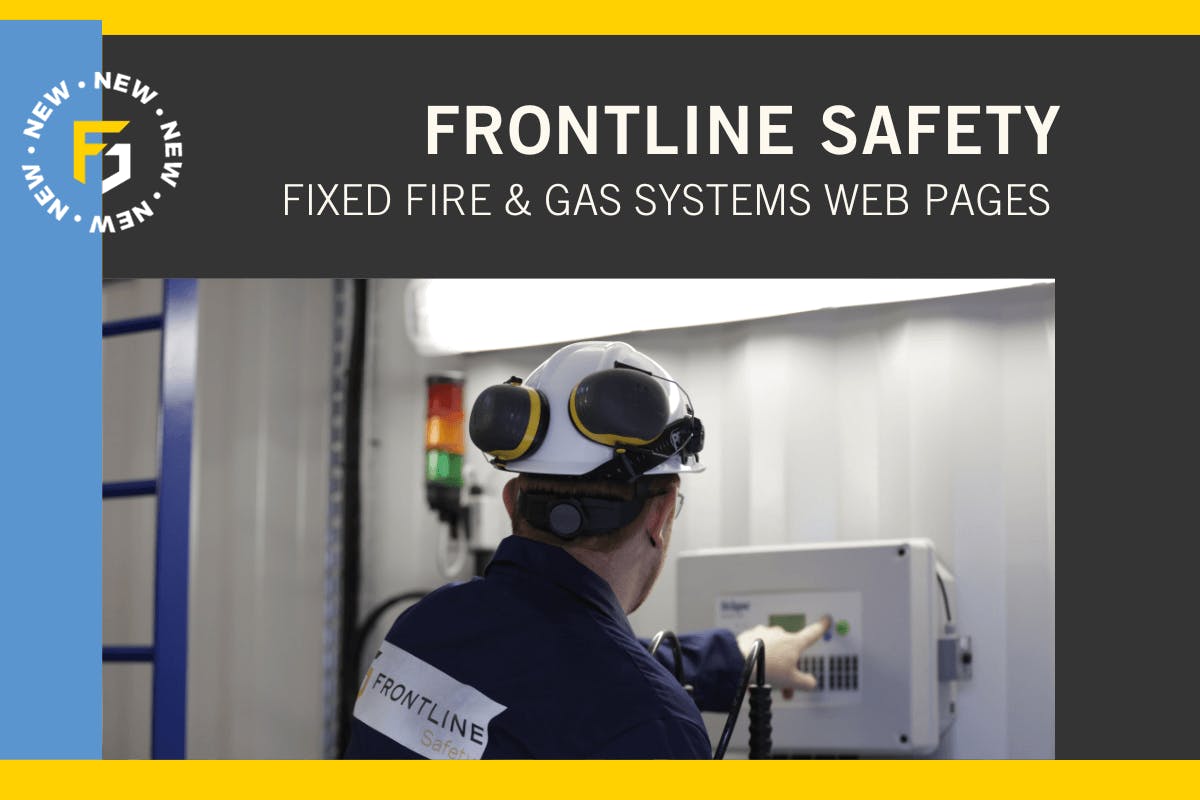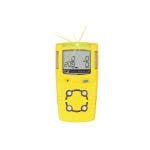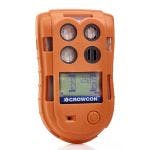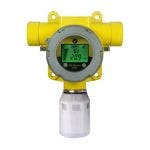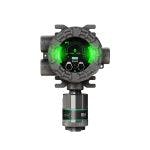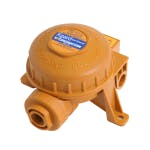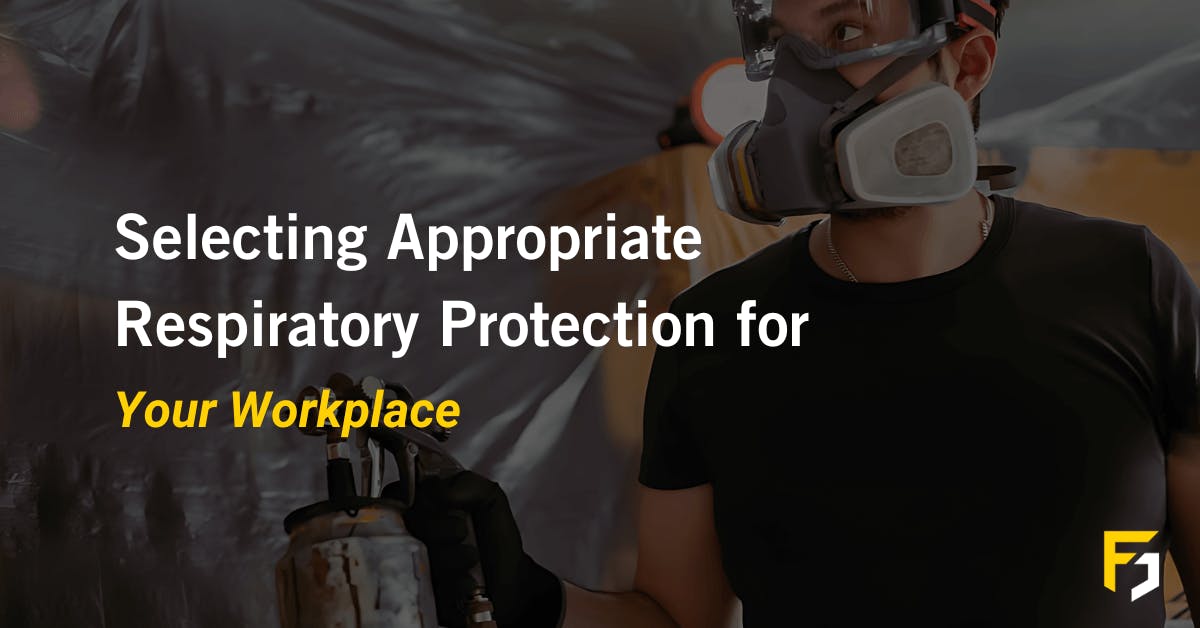
Why do I Need Fixed Gas Detection and Portable Gas Detection?

Understanding the differences between fixed and portable gas detection systems is not just a matter of compliance but a fundamental aspect of safeguarding lives and infrastructure. Whether operating a vast chemical plant or conducting a routine inspection, hazardous gases can pose significant risks, making reliable detection systems a must-have in hazardous gas applications.
From the continuous detection required in a high-risk area to the personal safety assurances needed for a maintenance worker inspecting a confined space, the roles of fixed and portable gas detection systems are as varied as they are vital. This blog will help you understand why a combination of fixed and portable gas detection isn't just a best practice—it's a layered strategy that could mean the difference between a typical day at work and a catastrophic event.
Fixed gas detection systems and personal gas detectors serve differently but serve a purpose when used together for monitoring hazardous gas areas and environments. Fixed gas detection systems are designed to detect gas or vapours within a monitored area. They are installed to infrastructure for continuous monitoring concentrations of gases present.
Fixed gas detectors are typically used –
For continuous monitoring: Fixed systems are designed to provide constant monitoring of gas levels, ensuring that there are no periods where a leak could go undetected.
In areas with restricted access: Fixed detectors can be placed in areas that are difficult or dangerous for personnel to access regularly.
When the risk is constant: In areas with a continuous threat of gas exposure, like process areas in a chemical plant and laboratories, fixed detection can provide continuous monitoring. It can also be used in environments where the risk is constant to the public, like car parks.
To trigger automated actions: Fixed systems can be integrated with other safety systems to relay automatically actions and initiate ventilation, shut down operations, or activate alarms when gas levels exceed safe thresholds.
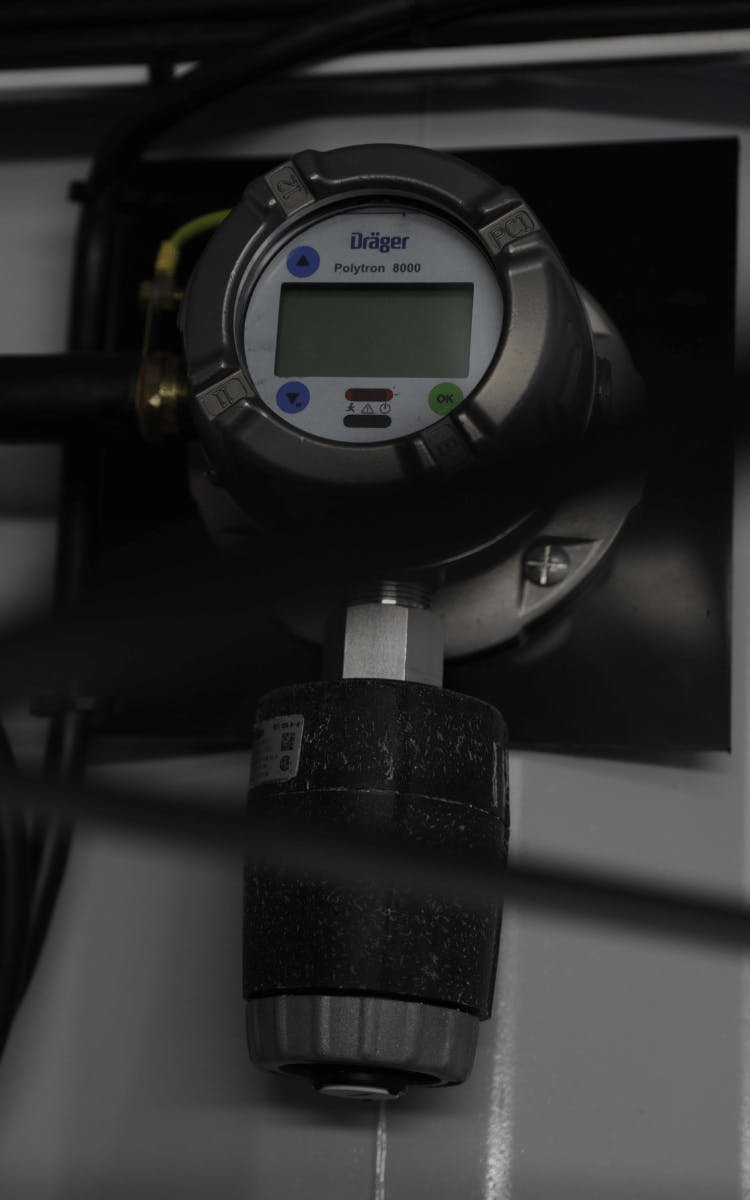
Portable gas detectors are designed for personal protection from gases and vapours. They are worn on a user's lapel and detect gas levels around a wearer's breathing zone. The gas detector will enter alarm mode instantly if it detects gas the detector alarm level is set to. Portable gas detectors can come in either diffused or pumped styles depending on what their use is required for.
Portable gas detectors are typically used –
For personal safety: Portable detectors are worn and used by individuals working in potentially hazardous environments to provide immediate warning if gas levels become dangerous.
For confined spaces: Portable gas detectors can be used for pre-entry checks before entering tanks, vessels, or other confined spaces, portable detectors are used to check the atmosphere for safety.
For temporary work sites: In construction or in temporary installations where fixed gas detection systems are not feasible, portable detectors can provide essential safety monitoring.
For flexible response: They can be quickly deployed in response to an incident or detection by a fixed system to provide more granular data or verify alarms by providing exact gas readings.
For surveying and inspection: Portable detectors are used during maintenance, inspection, shutdowns, turnarounds, or surveying to check areas for gas leaks or hazardous conditions before work begins.
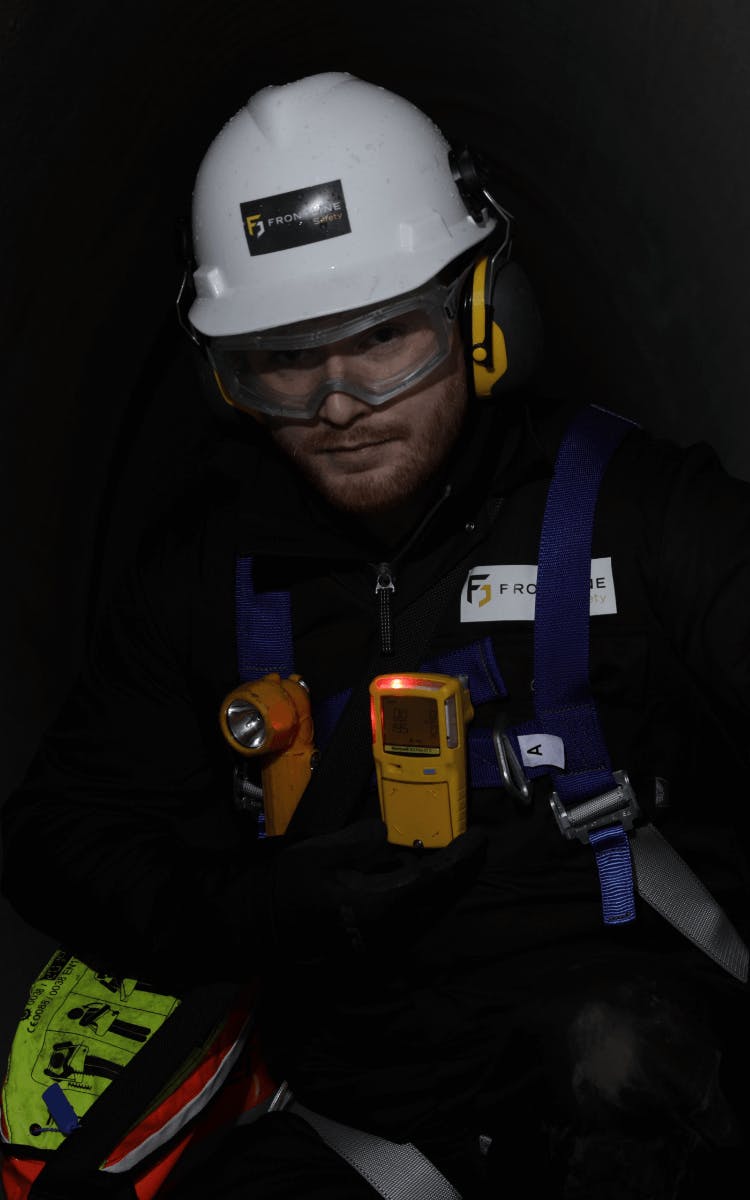
So, when might an application require a combination of portable and fixed gas detection systems?
In industrial plants: Fixed systems are installed for constant monitoring, while portable devices are also used for maintenance checks or confined space entry.
During construction and commissioning: Until fixed systems are fully operational; portable detectors can provide the necessary protection to protect workers.
Emergency response: Emergency responders will use portable detectors to assess the situation safely if a fixed system detects a leak·
Flexibility in response to changing conditions: If the use of a facility changes or new gas risks are introduced, portable detectors can be used to provide immediate protection until fixed systems are updated.
High-Risk Zones: Places with high concentrations of hazardous gases or areas prone to leakages require constant monitoring with fixed systems, such as near storage tanks or along gas pipelines. As well as portable gas detectors for workers entering and working within these areas.
To conclude, fixed gas detection systems are crucial for continuous, automated monitoring, especially in areas where gas presence is a constant risk. Portable gas detection provides flexibility, personal safety, and the ability to assess and respond to gas risks in varying locations quickly. The best safety strategy often involves combining both systems to ensure comprehensive coverage and protection of both workers and the infrastructure of sites.

